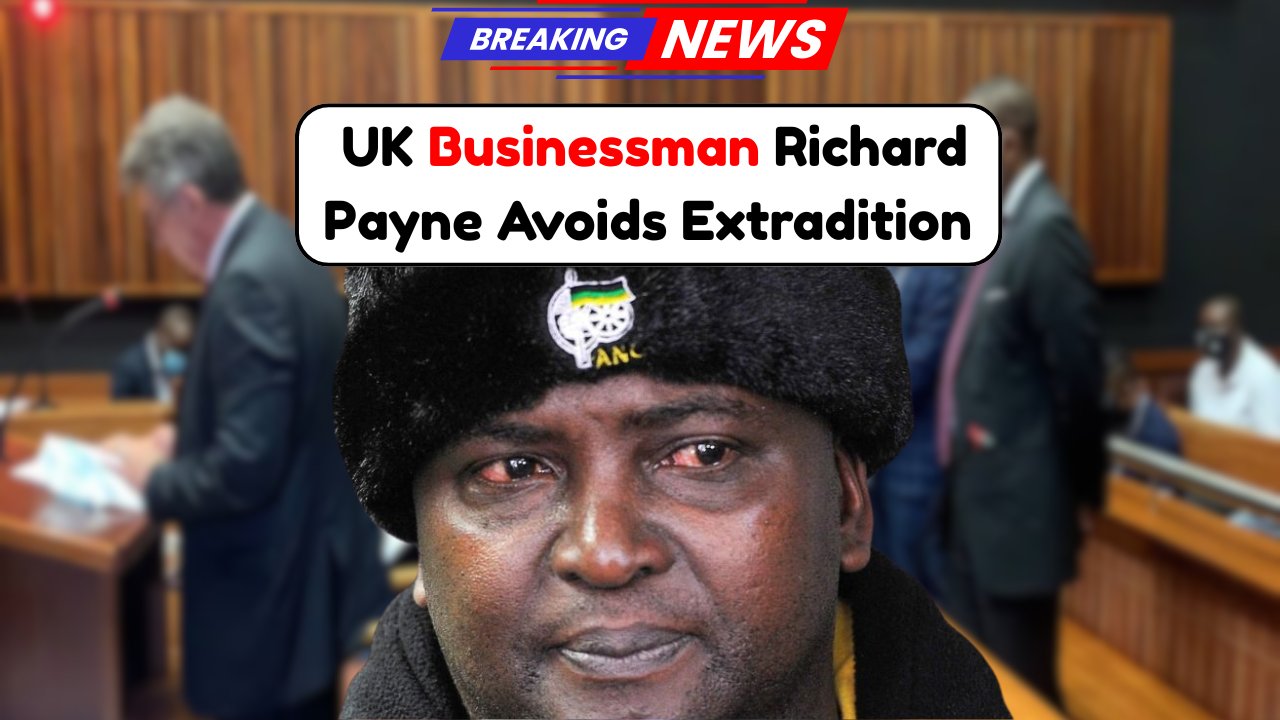Blackouts Are Back! Eskom Announces 14-Hour Load Shedding Across All Provinces in South Africa
14-Hour Load Shedding – South Africans are once again bracing for extended periods of darkness as Eskom has officially announced a return to intense load shedding. Starting this week, all nine provinces will experience scheduled 14-hour blackouts in a desperate effort to stabilise the national power grid. The move has sparked concern among households, businesses, … Read more









